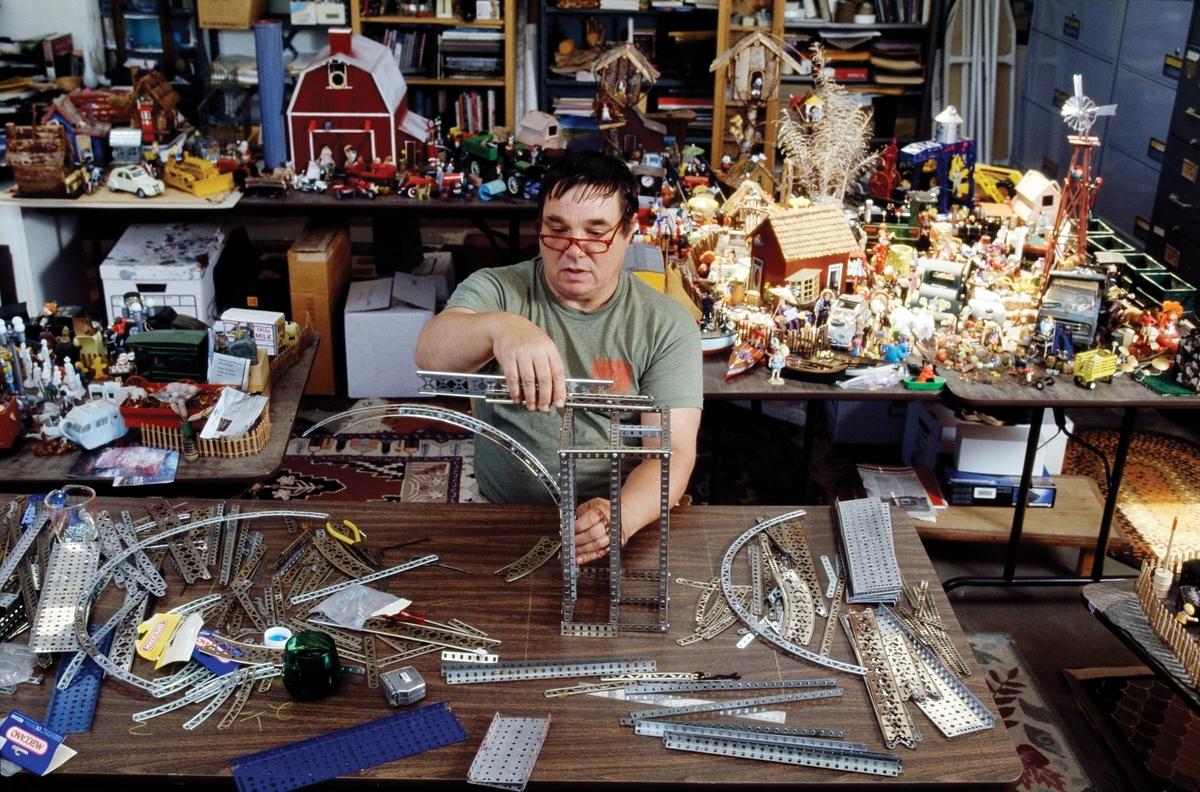During the last week of September, the Berlin-based team behind the Institute for Artists’ Estates decamped for Los Angeles to hold a four-day workshop featuring a range of speakers, from lawyers to foundation directors. Most participants were either helping to plan an artist’s estate or already managing one, so the presentations offered many practical suggestions. Here are some key takeaways from the event for different parties involved in an artist’s estate.
1) Living artists: Get written consignment agreements for all your art works, old and new
This advice might sound obvious, but some artists still send their work to galleries for sale without proper paperwork. Decades ago, gentleman’s agreements might have been the norm, but even in those cases, artists can go back and ask the gallery to send confirmation that it still has a work on consignment under particular terms. An artist who remembers the deal is in a much better position to achieve this than an heir or trustee dealing with a gallery later on. “I think it's important for artists who send work out to galleries to check up on their inventory and ask for regular reports,” says Mary Clare Stevens, the executive director of the Mike Kelley Foundation, who after the artist’s death worked with five galleries to secure the return of some 500 works under consignment, now considered charitable assets.
2) Artists’ estates: Don’t let lawyers talk you into creating a foundation
“In the US, the foundation model is so prominent that other forms seem inferior,” says Loretta Würtenberger, the founder of the Institute for Artists’ Estates. But the foundation structure has its downsides, she warns. “It costs too much money, it’s complicated legally and it’s less flexible if you want to change your mission,” Würtenberger says, noting that “many lawyers push clients into a foundation situation because it’s the most profitable model for them.” Or, as she notes, what works so well in the cases of Warhol and Lichtenstein might not make sense for mid-career artists with smaller estates. Yayoi Shionoiri, who recently began directing the estate of Chris Burden and the studio of Nancy Rubins, adds that beyond cost there was “a relatively easy way” for them to decide against a foundation that governs by consensus and that was to consider the artist’s values: “Would Burden have actually wanted a board of trustees sitting around a table thinking about what we should do about the planning or stewarding of his legacy?” The answer was a decisive no.
3) Family heirs: Try to divvy up work according to interests
Hélène Vandenberghe, who inherited the estate of her father, the Belgian artist Philippe Vandenberg, with her two brothers in 2009, says the best decision they made was to agree upon a division of labour up front: “What can we do? What do we want to do?” As an art historian, she took charge of general management, long-term strategy and gallery and museum relations. Her brother Guillaume, a film-maker, photographed the thousands of art objects in the estate, providing the basis for a catalogue raisonné. Her youngest brother Mo, an architect, was in charge of rebuilding the studio for better and more secure storage and display. They split profits four ways, with one quarter going back into the estate. Of course, not all families have expertise in art-adjacent fields, but figuring out your areas of interest is crucial, she says. “It’s very important that you like what you do, otherwise you won’t finish it. And it’s very important that you get paid, or there will be problems long-term.”
4) Foundations: Consider a sunset clause
Not all foundations should last forever, and those with a set expiration date might gain in focus and dollar-for-dollar impact, suggests Lisa Le Feuvre, the director of the Holt-Smithson Foundation. Her foundation, dedicated to sustaining the “creative and investigative” spirit of the artists Nancy Holt and Robert Smithson, is designed to go out of existence in 2038—or 100 years after the artists were born. So instead of building and maintaining an extensive—or expensive—study center, its main mission is to partner with museums, galleries, and universities to foster research. (It has gifted materials to the Smithsonian’s Archives of American Art). “Our foundation intends to come to a natural end as other institutions continue our work,” she says. “Our ultimate measure of success is our own obsolescence.”


